Death Valley might sound intimidating, but it’s actually one of America’s most fascinating destinations. This sprawling desert landscape in California and Nevada offers everything from colorful rock formations to mysterious moving stones. The park covers over 3.4 million acres — larger than Connecticut — while holding the record for the hottest air temperature ever recorded on Earth at 134°F.
Despite its harsh reputation, Death Valley attracts millions of visitors who come to witness its otherworldly beauty. The contrast between the lowest point in North America and snow-capped peaks creates a diverse ecosystem that’s surprisingly full of life. Here’s a list of 15 incredible places that showcase why Death Valley deserves a spot on every adventurer’s desert bucket list.
Badwater Basin
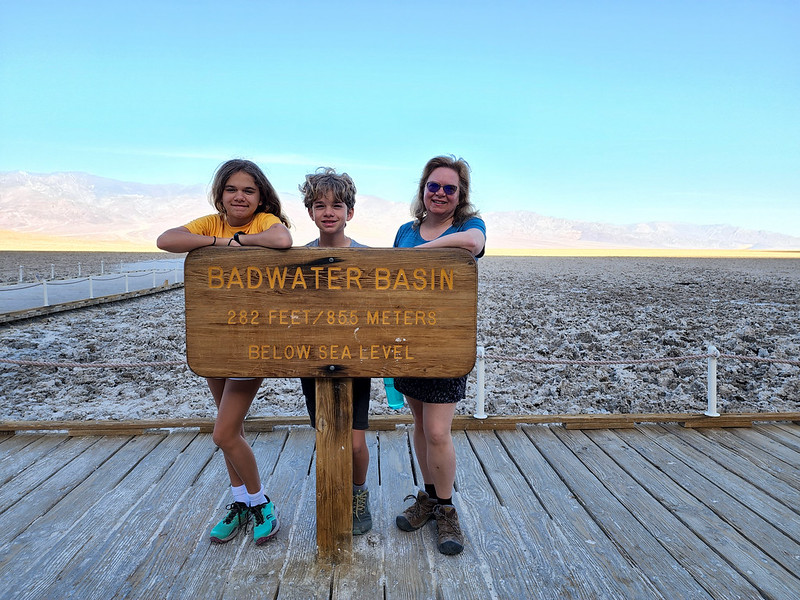
Badwater Basin sits 282 feet below sea level. It’s the lowest point in North America, where white salt flats stretch for miles and create a surreal landscape that looks like another planet. Walking out onto the crusty salt formations feels like standing on the edge of the world, though the experience varies dramatically depending on the season. The contrast between brilliant white salt and dark mountains creates some of the most dramatic photos imaginable.
Artist’s Palette
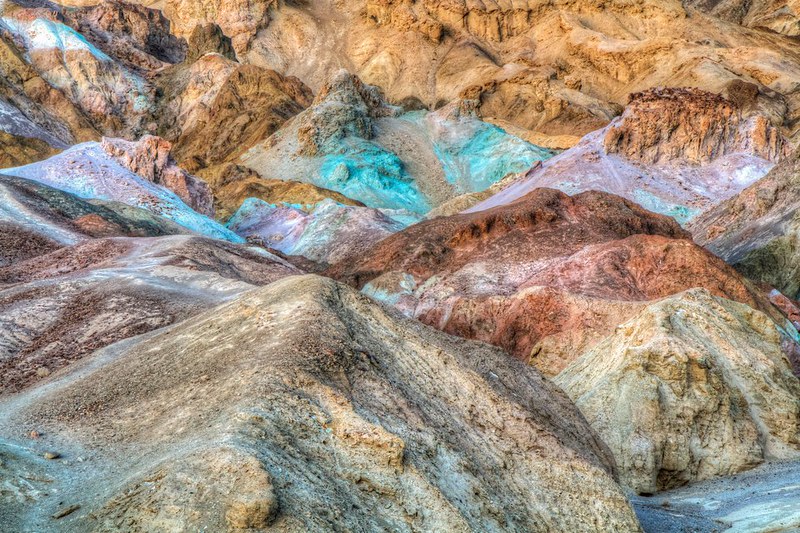
Artist’s Palette earned its name from the incredible array of colors that paint the hillsides — pink, green, purple, and yellow minerals creating a natural masterpiece. The colors shift throughout the day as light changes, making each visit unique. The short drive through Artist’s Drive provides front-row seats to this geological light show. Nature apparently decided to break out every crayon in the box for this particular creation.
Zabriskie Point
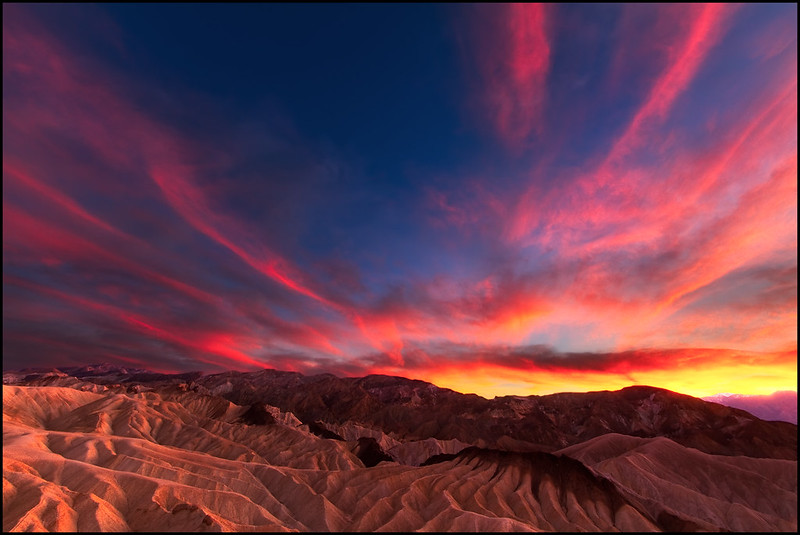
Zabriskie Point offers one of Death Valley’s most iconic views, especially at sunrise when golden light hits the badlands. The eroded landscape below resembles a sea of frozen waves, carved by millions of years of wind and water. While this spot became famous after the 1970 movie of the same name, the real star remains the breathtaking panorama. Those layered rock formations tell stories of ancient lakes that once covered this desert floor.
Mesquite Flat Sand Dunes
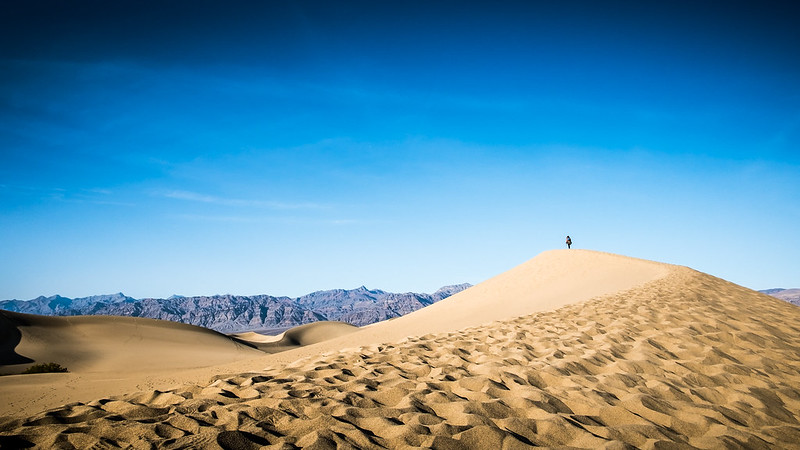
These golden dunes provide the classic desert experience most people imagine when thinking of Death Valley. Wind constantly shifts and changes them, creating new patterns daily. Early morning and late afternoon offer optimal lighting for photography — long shadows emphasize the dunes’ graceful curves beautifully. Climbing to the top rewards visitors with stunning views, though sand temperatures can become surprisingly intense during summer months.
Racetrack Playa
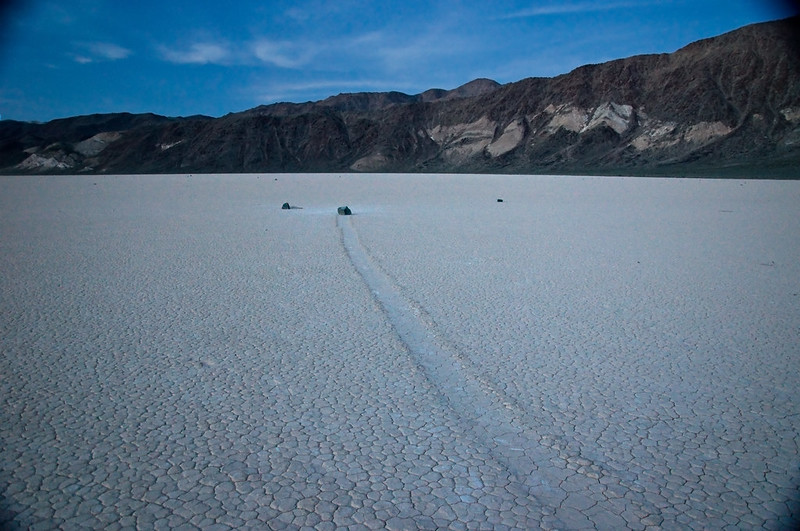
Racetrack Playa hosts one of Death Valley’s greatest mysteries. Rocks seem to move by themselves across the flat lakebed, leaving long trails that create puzzling patterns. These ‘sailing stones’ baffled scientists for decades until recent research revealed that thin ice sheets and wind create perfect conditions for boulders to glide across the surface. The phenomenon occurs rarely, yet the trails remain visible for years, making this remote location worth the bumpy drive.
Scotty’s Castle
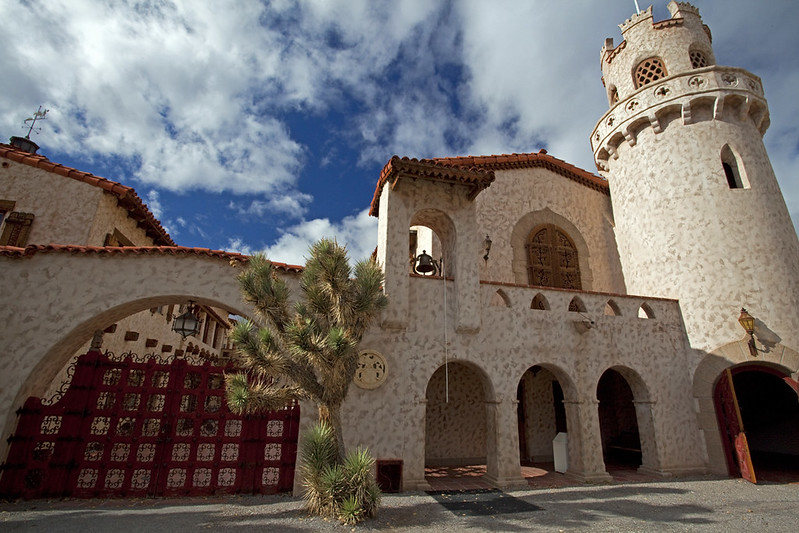
Scotty’s Castle stands as ta estament to one man’s elaborate con game that turned into genuine friendship. Walter Scott, known as ‘Death Valley Scotty,’ convinced Chicago millionaire Albert Johnson to build this elaborate mansion during the 1920s. The Spanish-style villa features intricate tilework, a music room — even a swimming pool in the middle of the desert. Though currently closed for flood repairs, the castle represents quirky human stories that make Death Valley more than just a geological wonder.
Dante’s View
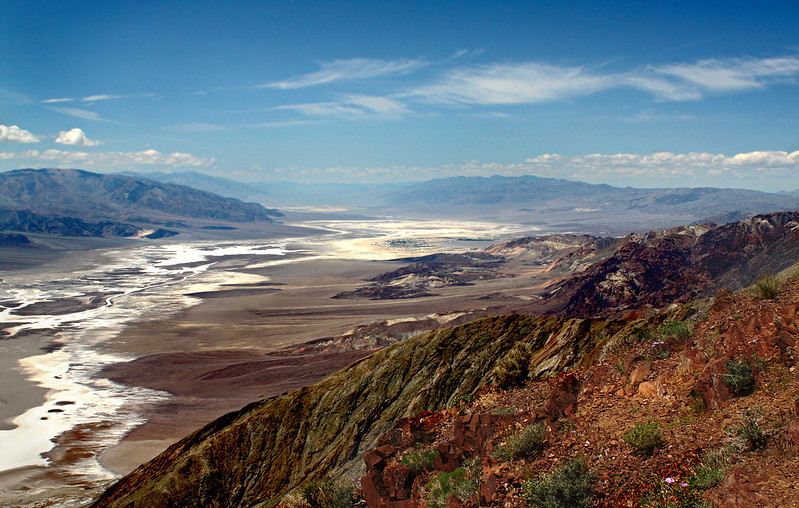
From 5,475 feet above sea level, Dante’s View provides a bird’s-eye perspective of Death Valley’s immense scale. Badwater Basin appears far below while the view stretches from North America’s lowest point to some of the continental United States’ highest peaks. It’s named after Dante’s Inferno — on clear days, visitors understand why early explorers thought this might resemble the underworld. The perspective helps grasp just how massive this valley truly is.
Furnace Creek
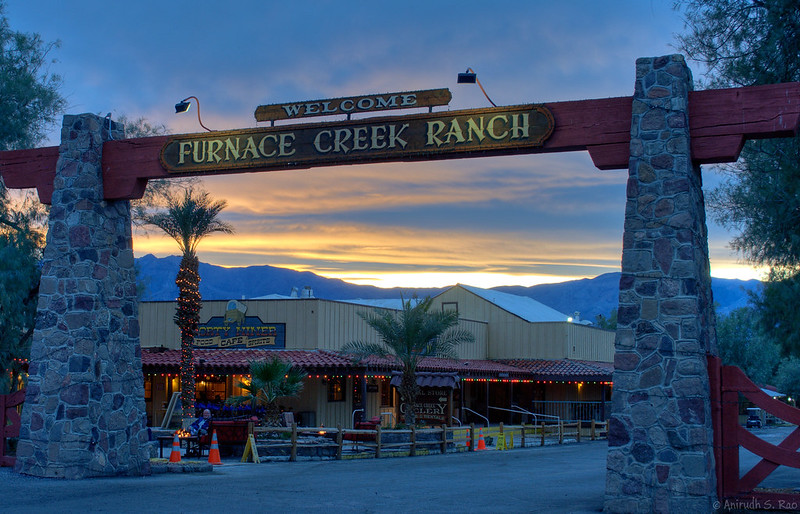
Furnace Creek serves as Death Valley’s main hub, offering visitor services plus a surprising desert oasis. Palm trees and green grass create a stark contrast against the surrounding barren landscape. The area features what’s technically the world’s lowest golf course, though summer play requires serious dedication. This spot also holds the world record for the highest air temperature, making it famous for more than just convenience.
Twenty Mule Team Canyon
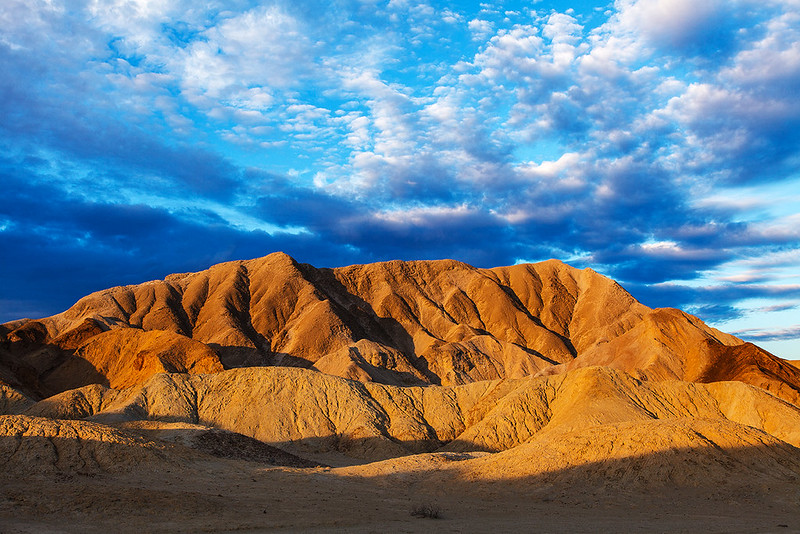
Twenty Mule Team Canyon got its name from famous borax mining operations that used twenty-mule teams to haul wagons across the desert. The one-way dirt road winds through colorful badlands showcasing millions of years of geological history. Canyon walls display sediment layers in cream, pink, and brown shades — creating a natural timeline of the region’s past. It’s a relatively easy drive that rewards visitors with spectacular close-up views.
Ubehebe Crater
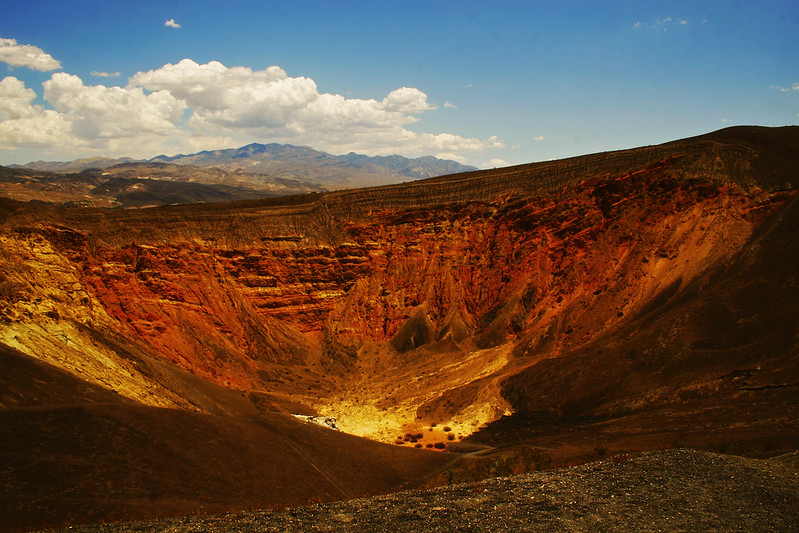
About 2,100 years ago, Ubehebe Crater formed when groundwater met hot volcanic rock — creating a massive steam explosion. The resulting crater spans half a mile across, dropping 500 feet deep into an impressive volcanic landmark. Visitors can hike around the rim for different perspectives or brave the steep trail down to the bottom. Dark volcanic cinders contrast sharply with surrounding desert, making this feel like a Martian expedition.
Titus Canyon
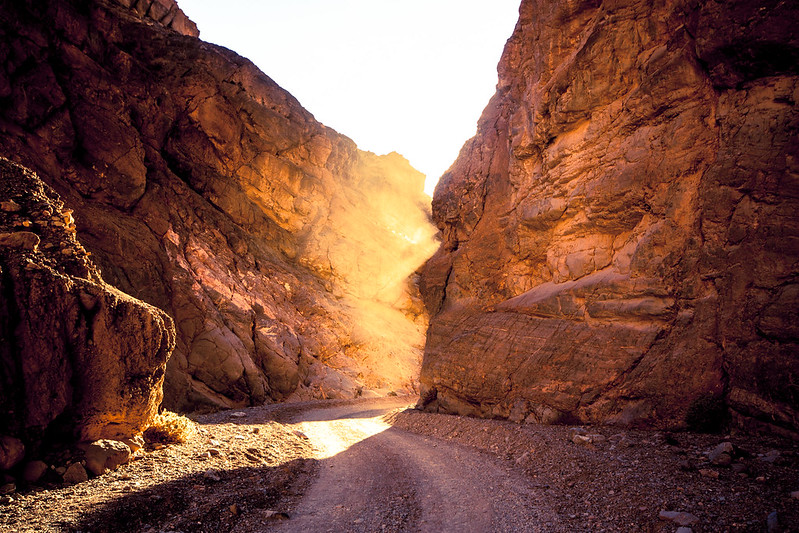
Titus Canyon offers one of Death Valley’s most exciting adventures, combining ghost town exploration with stunning geology. The narrow canyon requires high-clearance vehicles for its one-way route, but the journey rewards drivers with towering canyon walls and ancient petroglyphs. Leadfield, a ghost town from the boom-and-bust mining era, sits partway through the canyon. The final stretch creates an almost claustrophobic feeling as walls close in dramatically.
Golden Canyon
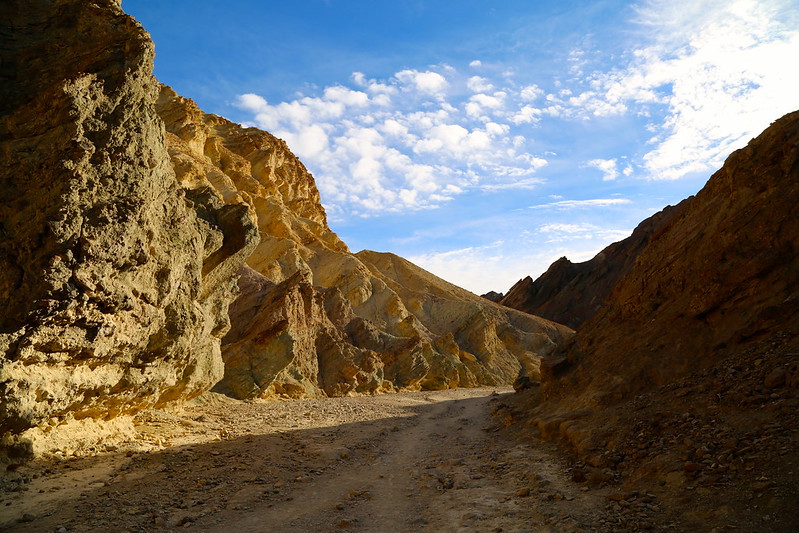
Golden Canyon earned its name from warm-colored rock formations that glow like precious metal in proper lighting. The easy hiking trail leads through badlands toward Red Cathedral, a towering red rock formation. Geology here tells stories of ancient Lake Manly, which covered this area thousands of years ago. It’s among Death Valley’s most accessible hikes, perfect for families or anyone wanting to experience desert terrain up close.
Harmony Borax Works
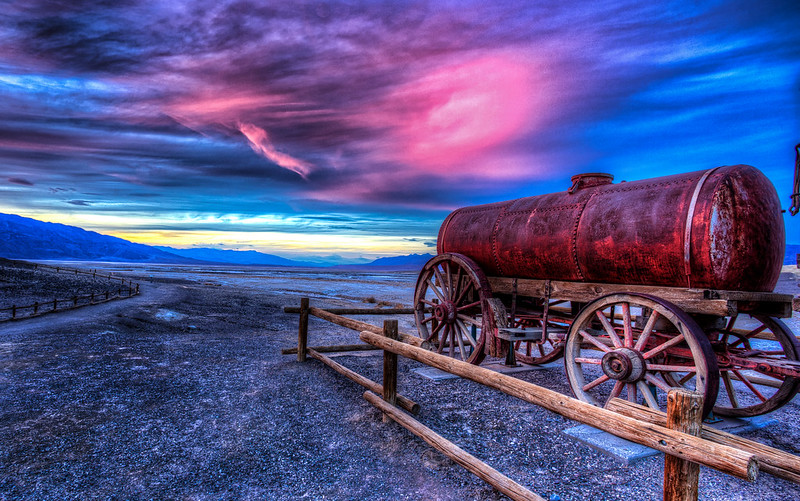
Harmony Borax Works preserves remains of Death Valley’s most successful 1880s mining operation. The ruins include the original processing plant plus a restored twenty-mule team wagon. Borax, known as ‘white gold,’ was essential for soap and cleaning products, making this remote operation surprisingly profitable. The site helps visitors understand how people managed to make a living in one of Earth’s most challenging environments.
Natural Bridge
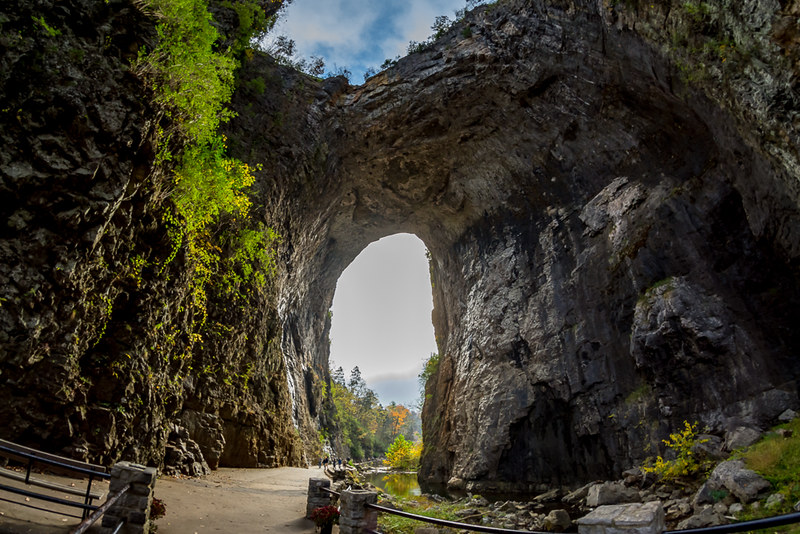
Natural Bridge demonstrates the incredible power of flash floods in shaping Death Valley’s landscape. Water carved this impressive arch through solid rock over thousands of years, creating a 60-foot-high natural bridge. The short hike through the wash provides close-up views of how water continues shaping the desert. It’s a relatively easy walk leading to one of the park’s most photogenic spots.
Telescope Peak
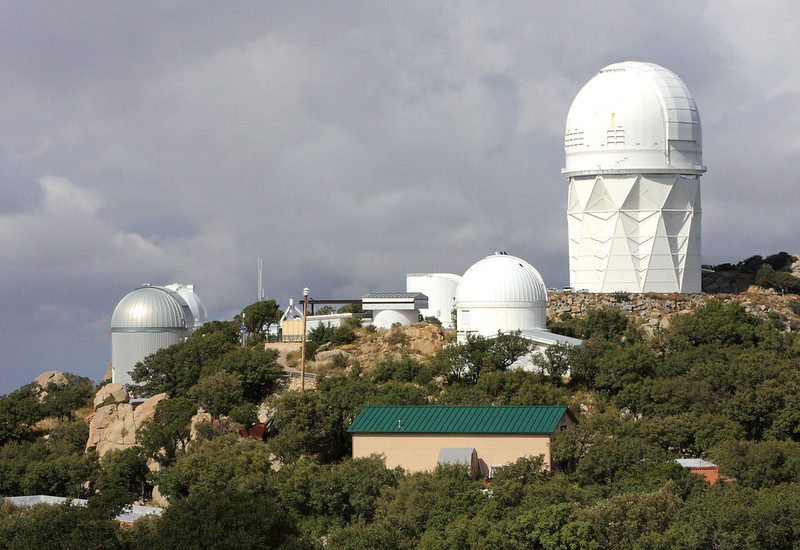
Telescope Peak stands as Death Valley’s highest point at 11,049 feet, offering snow-capped relief from desert heat below. The challenging hike to the summit rewards climbers with panoramic views of the entire valley and beyond. On clear days, Mount Whitney becomes visible — the highest peak in the continental United States. The contrast between standing at Badwater Basin’s lowest point and Telescope Peak’s summit in the same day creates an unforgettable Death Valley experience.
From Desolation to Destination
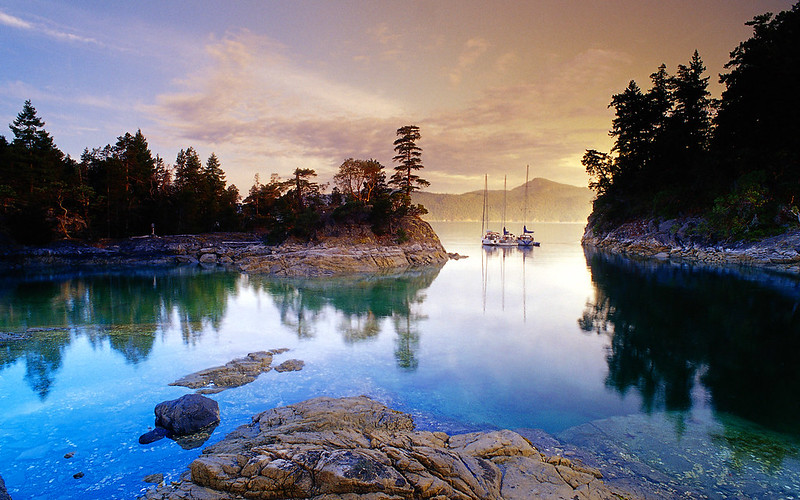
Death Valley transformed from a feared obstacle for early pioneers into one of America’s most beloved national parks. The same harsh conditions that made life difficult for miners and travelers now attract millions who come to witness raw desert beauty. Modern visitors can explore places once considered impassable, thanks to improved roads and a better understanding of desert survival. What started as ‘the valley of death’ has evolved into a valley of wonder, proving that Earth’s most challenging places often offer the greatest rewards.
More from Travel Pug

- 20 Best Beach Towns in the Carolinas
- 13 Destinations Where Tourists Regularly Regret Their Trip
- 20 Things You Actually Get in First Class
- 20 Small Airports With Aviation Museums
- 20 Places in the U.S. That Are Perfect for a Reset Trip
Like Travel Pug’s content? Follow us on MSN
